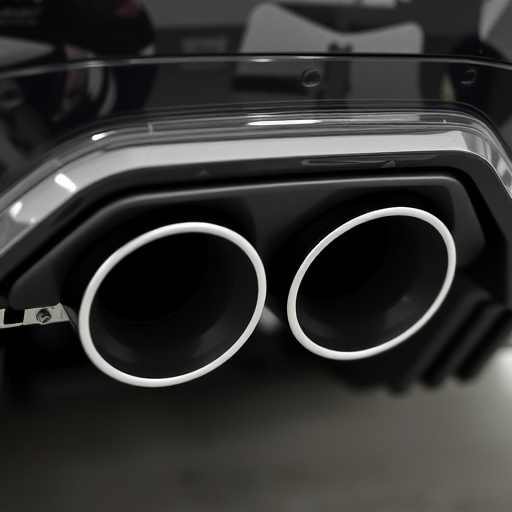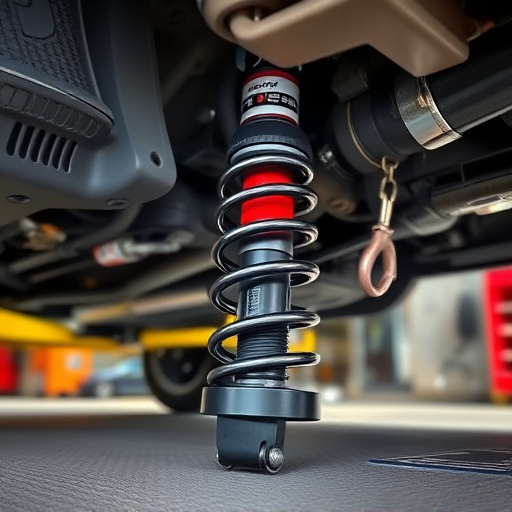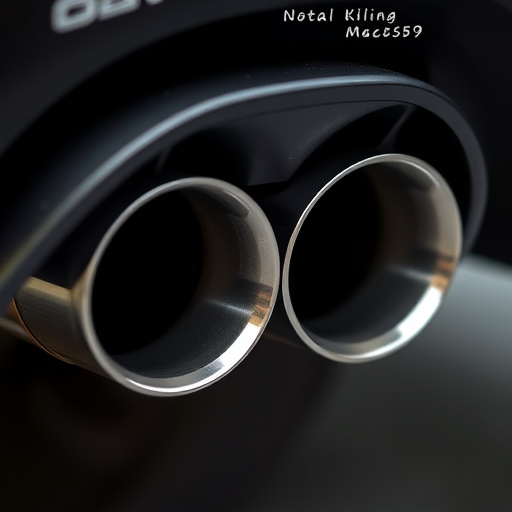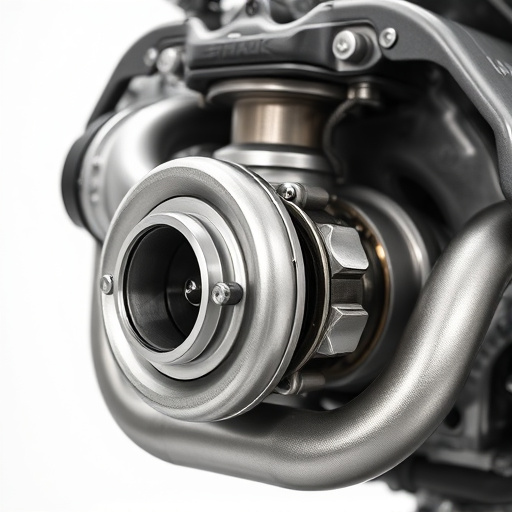A resonator delete is a modification to your vehicle's exhaust system, removing the resonator for a deeper exhaust note but may impact fuel efficiency and performance. Requires tools like a jack, jack stands, socket sets, safety gear, and planning. Involves locating and removing the resonator, cleaning, reconnecting, and reinstalling the exhaust system for optimal results.
Looking to enhance your vehicle’s performance with a resonator delete? This comprehensive guide walks you through the process, from understanding your exhaust system to installing the modification safely and effectively. A resonator delete can significantly improve engine sound and power, but it requires proper knowledge and tools. Discover the essential steps, including necessary precautions, to successfully perform this DIY project and experience the benefits of a resonator-free exhaust system.
- Understanding Your Vehicle's Exhaust System
- Tools and Safety Precautions Required
- Step-by-Step Guide to Resonator Delete Installation
Understanding Your Vehicle's Exhaust System

The exhaust system of your vehicle is a complex network designed to channel waste gases away from the engine, reducing noise and emissions. Central to this system is the resonator, a chamber that helps cancel out specific sound frequencies, contributing to the overall drone of the engine. A resonator delete involves removing or disabling this component, which can significantly alter your vehicle’s exhaust note. Understanding how this system functions is crucial before attempting any modifications.
Each part of the exhaust system plays a role—from the catalytic converter and mufflers (which dampen noise and reduce pollution) to headers (which collect gases from multiple cylinders) and ultimately the exhaust tips. The resonator, strategically placed along this route, helps muffle unwanted sound vibrations. By removing it, you bypass this noise-reducing step, leading to a deeper, more aggressive exhaust tone often sought after by car enthusiasts. This modification is not without consequences, however; it can also affect fuel efficiency and overall engine performance, so consider the balance between desired sound and vehicle optimization when making the decision for a resonator delete.
Tools and Safety Precautions Required
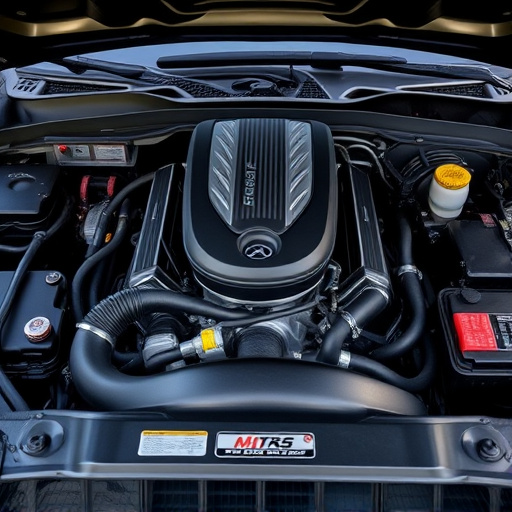
Performing a resonator delete on your vehicle requires specific tools and safety precautions to ensure the job is done correctly and safely. First, gather essential tools like a jack, jack stands, socket sets, ratchets, wrenches, and a pair of channel locks. Also, consider an air filter kit for improved airflow if you plan to make additional modifications to your vehicle’s exhaust system. Safety is paramount; wear safety goggles and gloves to protect against debris and potential injuries. Ensure the work area is well-lit and clear of obstacles. Additionally, have your brake pads in good condition to prevent any unexpected issues during the process.
Step-by-Step Guide to Resonator Delete Installation

Performing a resonator delete on your vehicle involves removing the resonator from your exhaust system to enhance engine sound and improve performance. Here’s a step-by-step guide to help you through the process.
First, locate the resonator in your exhaust mufflers. This component is typically designed to cancel out specific frequencies of sound, resulting in a quieter exhaust note. Once identified, use a jack and stands to safely lift and support your vehicle, providing easy access to the exhaust system. Remove any connecting bolts or clamps holding the resonator in place, being mindful of other components nearby. After disconnection, carefully take out the old resonator. Clean the area thoroughly to ensure no debris remains that could hinder installation of a new performance exhaust system or air intake systems. Reinstall the exhaust system, ensuring all connections are secure and tight.
Performing a resonator delete on your vehicle is a straightforward modification that can significantly enhance engine sound and performance. By understanding your exhaust system and taking necessary safety precautions, you can easily install this upgrade yourself. Following the step-by-step guide ensures a successful resonator delete, allowing you to enjoy a deeper, more aggressive exhaust note without compromising driving experience. Remember, responsible modification begins with knowledge, so be sure to research thoroughly before making any changes to your vehicle’s exhaust system.






